20 Rare Safari Sightings Beyond Lions, Leopards, and Rhinos
The Big Five animals-lions, leopards, elephants, rhinos, and buffaloes-often take center stage on a safari. However, safari enthusiasts can miss out on many other incredible animals. These rare creatures are just as thrilling to see, and they can make your adventure even more memorable. Instead of solely aiming for the Big Five, why not explore the diversity of wildlife that the African savannah offers? Many of these animals are elusive, adding an element of excitement to your trip.
This post may contain affiliate links, which helps keep this content free. Please read our disclosure for more info.
African Wild Dog
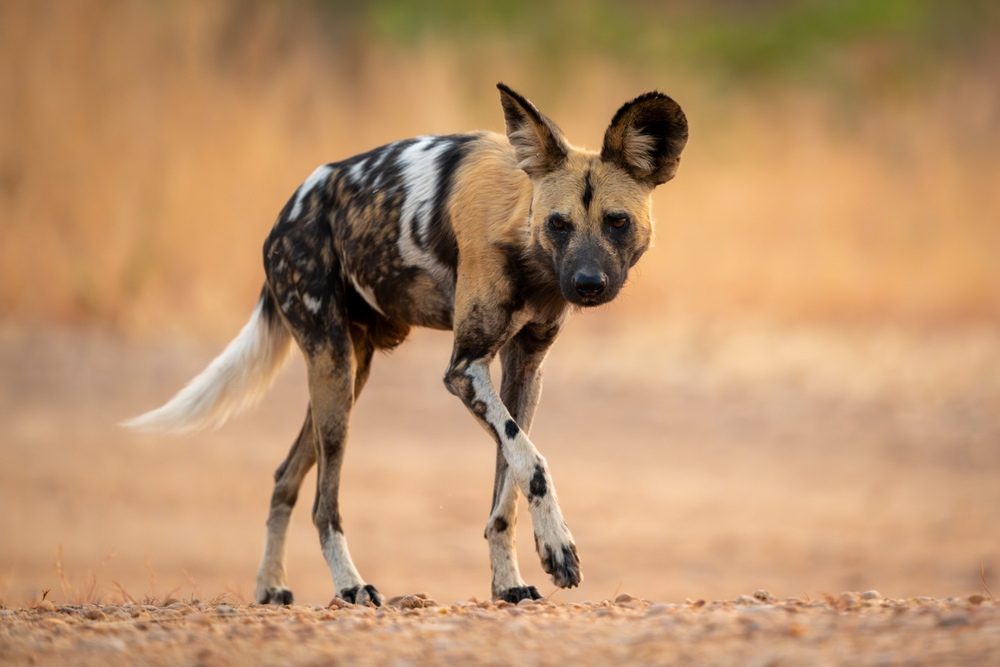
African wild dogs are social animals that live in small, tight-knit packs. They are rare due to their limited distribution in Africa, often found in remote areas. The wild dogs’ unique coat patterns make them easily identifiable. Their population has declined due to human-wildlife conflict and habitat loss.
These animals are skilled hunters, working together to take down prey. Their social structure sets them apart from other predators in the wild. Wild dogs primarily hunt in the morning or evening, often chasing their prey for miles. Seeing them in the wild is a special experience, as they are incredibly elusive.
Cheetah
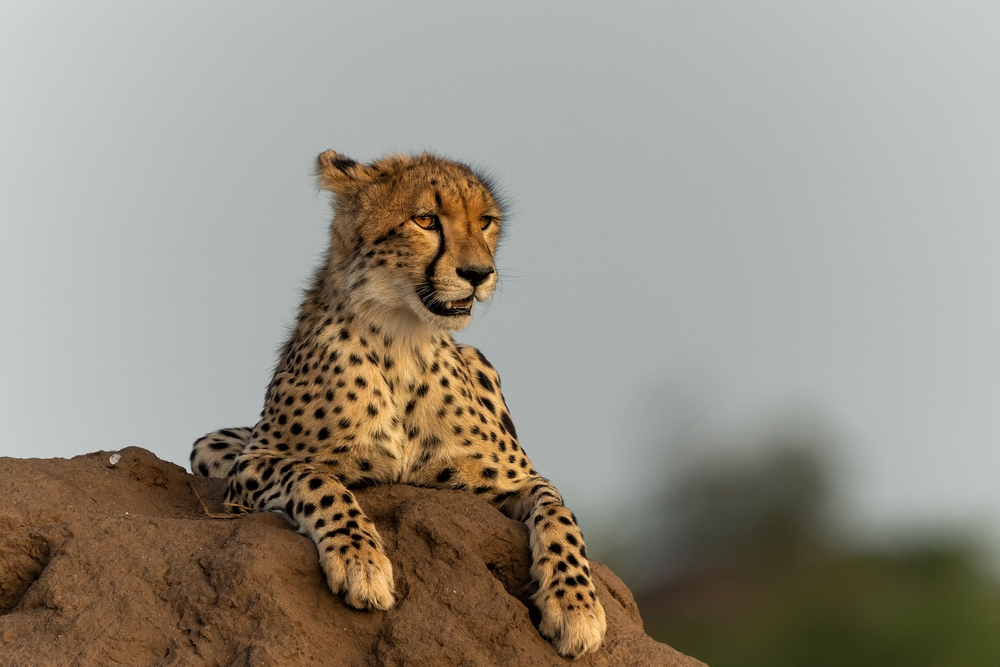
Cheetahs are the fastest land mammals, capable of reaching speeds of up to 60 miles per hour. Their rarity is due to the specialized habitat they require-vast open plains for hunting. Cheetahs are more fragile than other big cats, which makes them vulnerable to predators like lions. They also face threats from poaching and human encroachment on their territory.
The cheetah’s slender body and distinctive black tear marks set it apart from other large predators. Unlike other big cats, they cannot roar but communicate through chirps and purrs. Their hunting strategy involves high-speed chases to catch prey, which they must rest after to recover. Their low numbers make them a rare sight in the wild.
Pangolin
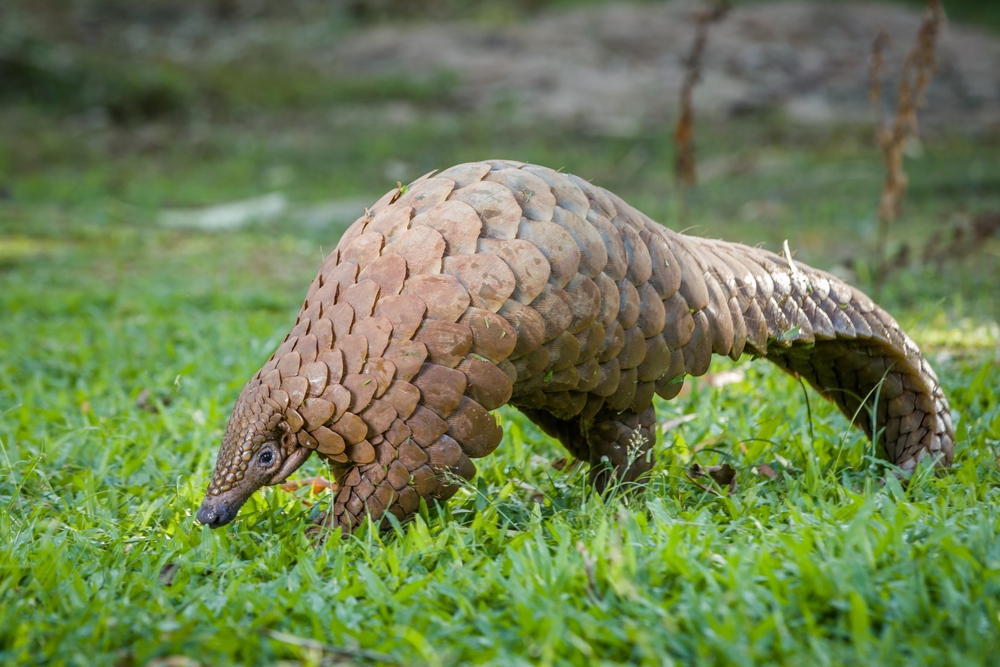
Pangolins are nocturnal creatures known for their scaly armor and long snouts. They are rare due to their illegal trade for meat and scales, making them one of the most trafficked animals globally. These creatures are solitary and rely on their sharp claws to dig for ants and termites. They roll into a ball when threatened, using their tough scales as protection.
Despite their role in controlling insect populations, pangolins are rarely spotted in the wild. Their nocturnal behavior and secretive nature make them elusive. Their populations are declining rapidly, and they are now classified as critically endangered. Conservation efforts are focused on protecting them from poaching and habitat destruction.
Black-footed Cat
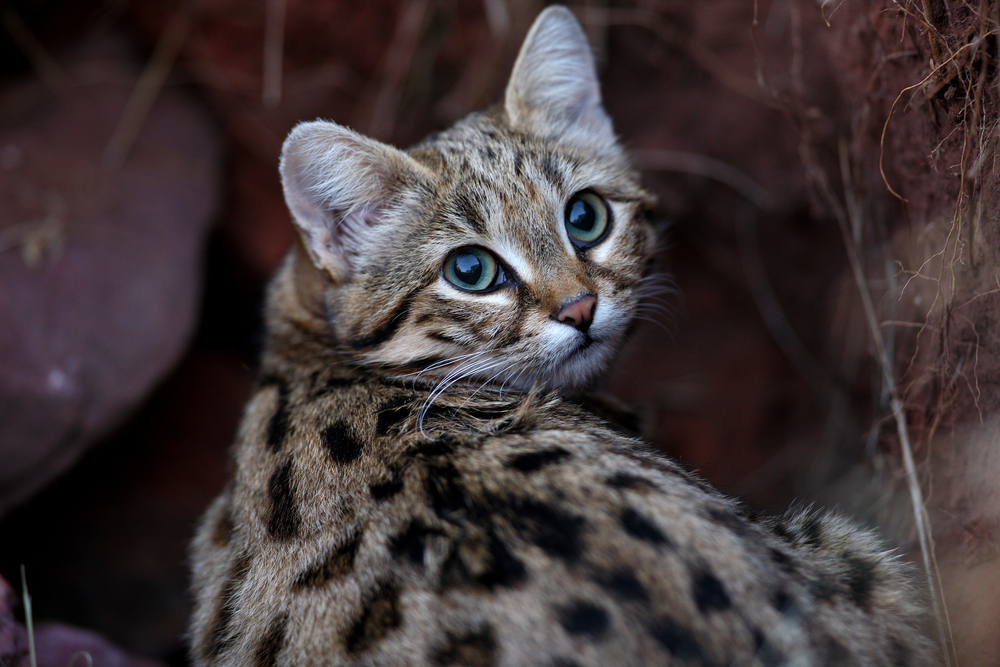
The black-footed cat is one of the smallest wild cats, known for being a highly effective predator. They are rare due to their nocturnal and solitary nature, making them difficult to observe. These cats are incredibly fast and can kill prey in seconds with a single bite. Despite their size, they are responsible for more kills than any other African carnivore.
Their small size and hunting skills make them one of the deadliest creatures in Africa. Black-footed cats are often found in open savannas or grasslands. They are excellent hunters, feeding on birds, rodents, and insects. Because they are so elusive, spotting them on a safari is a rare treat.
Nile Crocodile
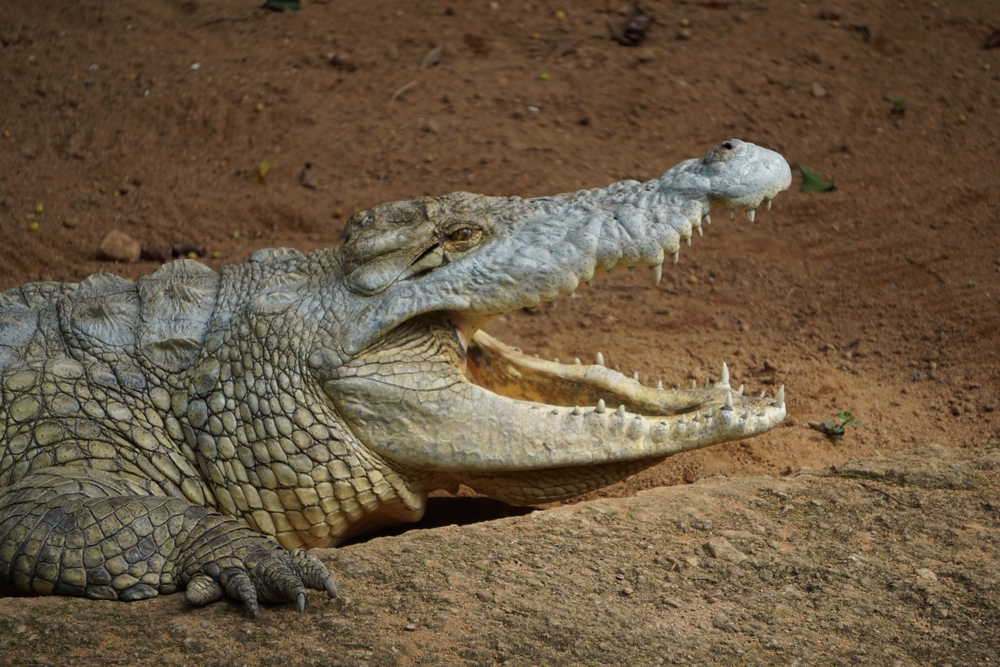
Nile crocodiles are large reptiles found in rivers, lakes, and wetlands across Africa. They are rare because of their large size and the danger they pose to anyone attempting to approach them. These crocs are incredibly patient hunters, spending hours submerged and waiting for the right moment to strike. Their populations have declined due to hunting and habitat loss.
Despite their danger, Nile crocodiles play a crucial role in maintaining the balance of their ecosystems. They are known for their impressive size, with some reaching lengths of up to 20 feet. These reptiles are opportunistic feeders, often ambushing prey that comes too close to the water. Spotting one in the wild is a truly unique experience.
Giraffe
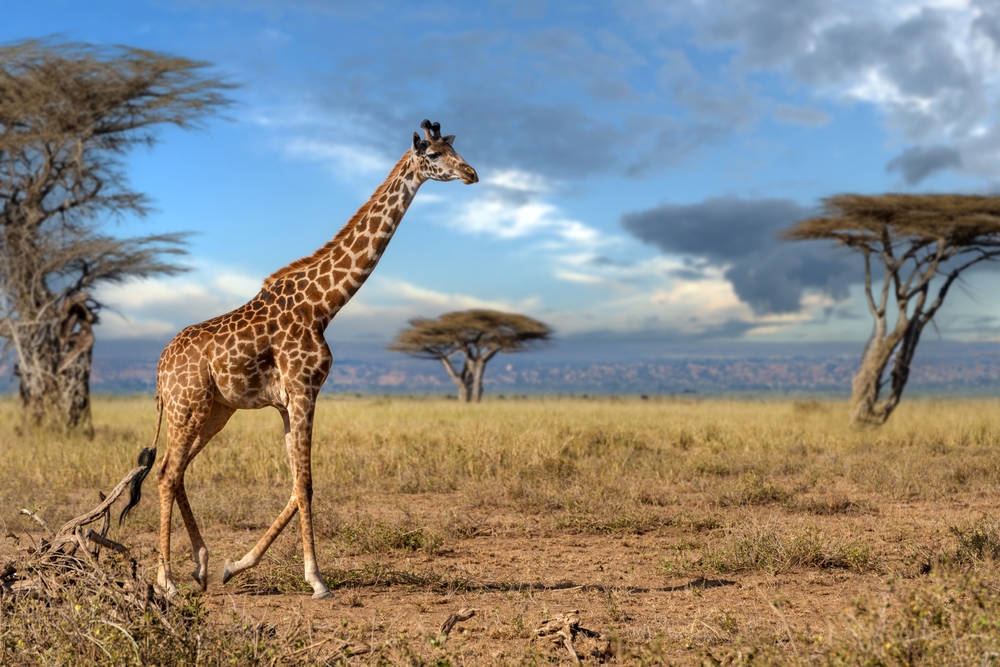
While giraffes are commonly seen in Africa, certain subspecies, such as the Rothschild giraffe, are rarer. They are rare because of the limited areas they inhabit and the threat of poaching. Giraffes are known for their long necks and distinctive coat patterns, which help them reach high branches to feed on leaves. Their populations are affected by habitat loss, especially as human settlements expand.
Giraffes live in open woodlands and savannas, where they roam in small herds. They are the tallest animals on Earth, and their size helps them spot predators from a distance. Giraffes are also social, often seen interacting in gentle, peaceful ways. They are considered an iconic species of the African plains.
Okapi
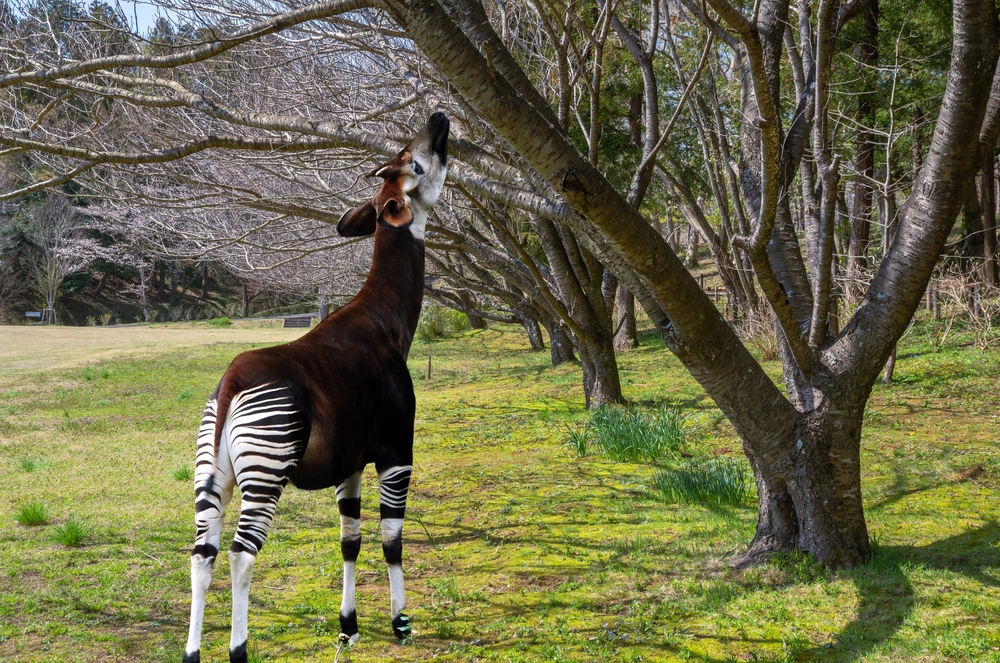
The okapi is a forest-dwelling relative of the giraffe found only in the Congo Basin. They are rare because they inhabit dense rainforests and are incredibly elusive. Okapis have a distinctive appearance with their zebra-like striped legs and a body resembling a deer. They were only discovered in the early 20th century, making them a relatively recent addition to wildlife knowledge.
The okapi’s shyness and preference for hiding in dense forests make it difficult to spot. They are primarily herbivores, feeding on leaves, fruits, and fungi. The loss of their rainforest habitat is a major threat to their survival. These rare creatures remain a mystery to many, adding an element of intrigue to safaris in Central Africa.
Serval
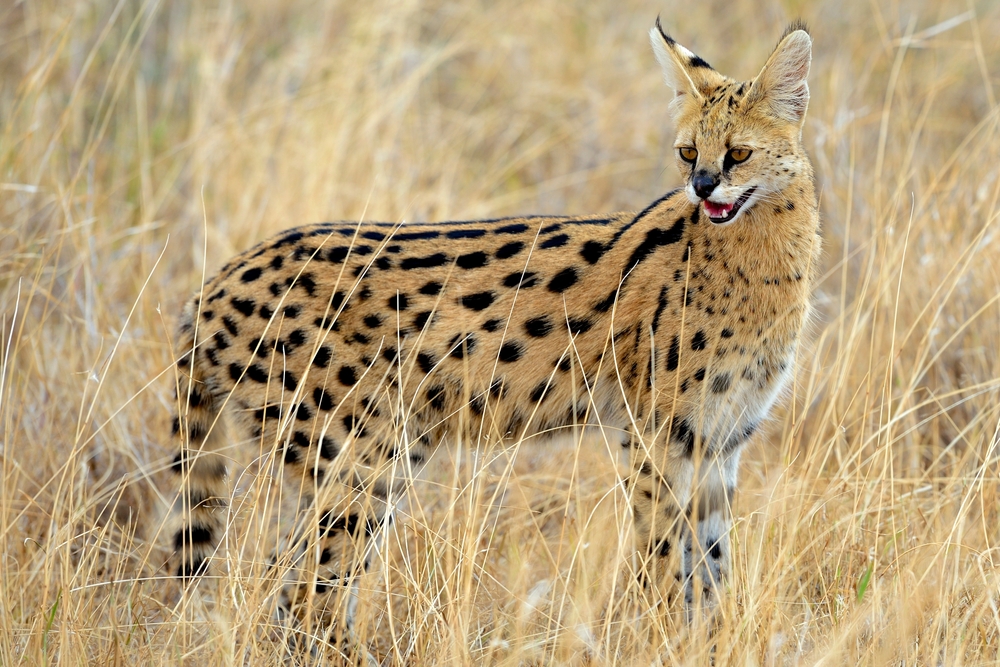
The serval is a wild cat that is native to sub-Saharan Africa. They are rare because they are nocturnal and prefer dense brush and grasslands, making them difficult to track. Servals have long legs, large ears, and a spotted coat, which makes them easy to identify if spotted. Their hunting technique involves using their exceptional hearing to locate prey in the grass.
Servals are skilled hunters, often leaping high into the air to catch birds or small mammals. They are smaller than other wild cats but are incredibly agile and fast. These cats live solitary lives and are usually active during the night. Due to their elusive nature, they are a rare sight during a safari.
Bat-eared Fox
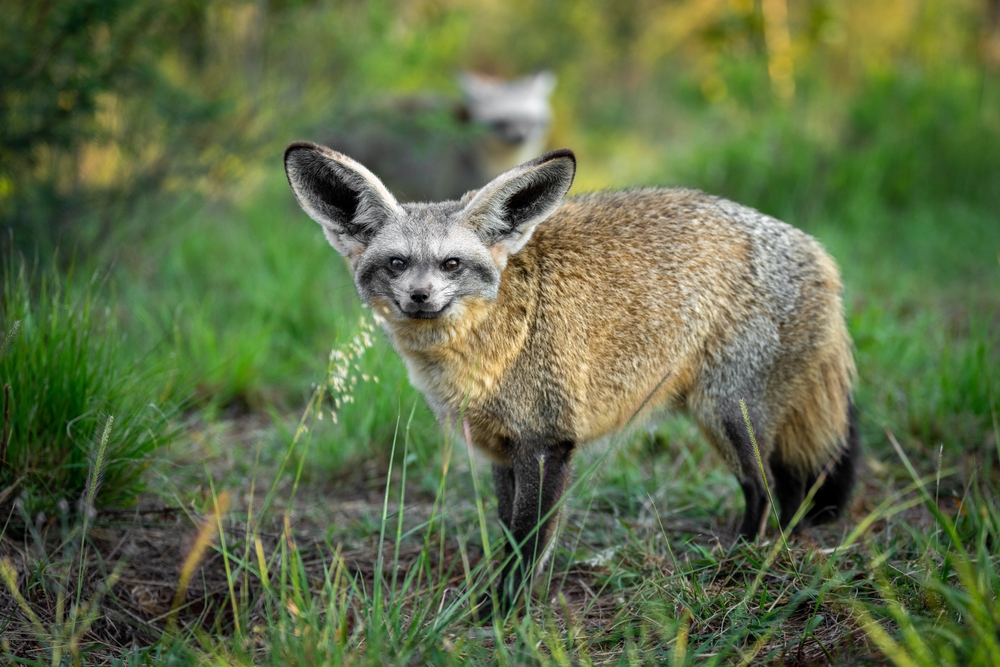
The bat-eared fox is easily identified by its large, bat-like ears, which help it detect insects. These foxes are rare because they live in arid, open plains where food is scarce, and they are highly specialized in feeding on termites and other insects. Bat-eared foxes are nocturnal and live in small family groups, making them difficult to observe. They are known for their exceptional hearing and ability to find food in the most challenging conditions.
These foxes are most commonly found in parts of Southern and Eastern Africa. Their large ears are not only for hunting but also help them keep cool in the hot climate. Bat-eared foxes are social animals, often seen playing with one another. Spotting them on a safari is a rare and rewarding experience.
Sable Antelope
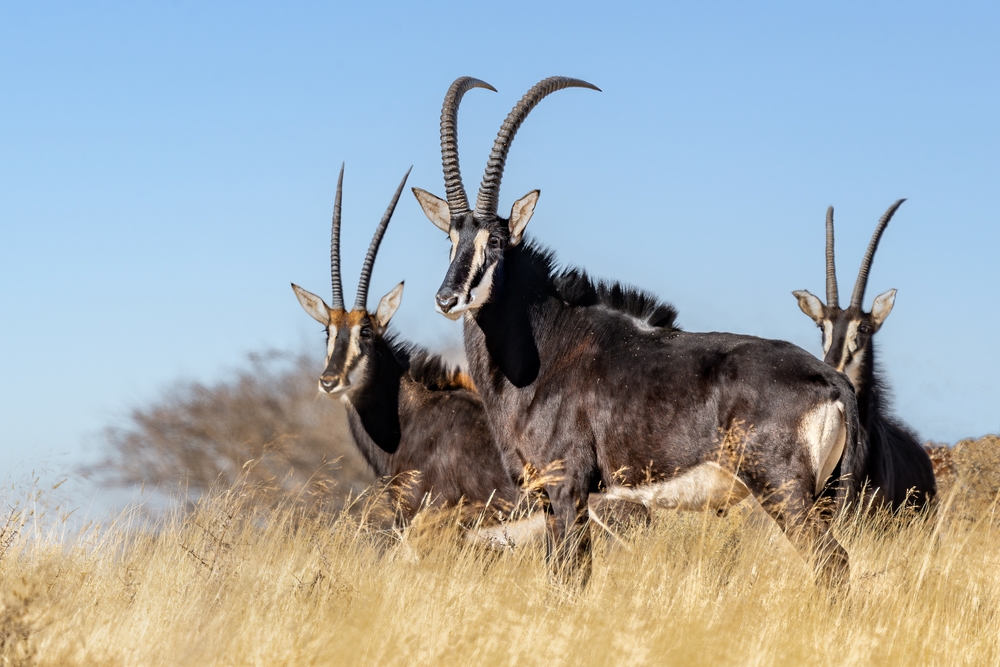
The sable antelope is a striking animal known for its dark coat and impressive curved horns. They are rare because they are primarily found in specific regions of Southern and Eastern Africa, where their population has been threatened by poaching and habitat loss. The sable’s elegant build and powerful horns make it one of the most iconic antelopes. They are social creatures and are usually found in small herds, with males taking the lead.
These antelopes are known for their speed and agility, making them excellent at escaping predators. Sable antelopes are herbivores, feeding on grasses and shrubs. They have a distinctive black coat that helps them blend into their savanna environment. Their populations have declined, and they are now protected in many areas across Africa.
Tsessebe
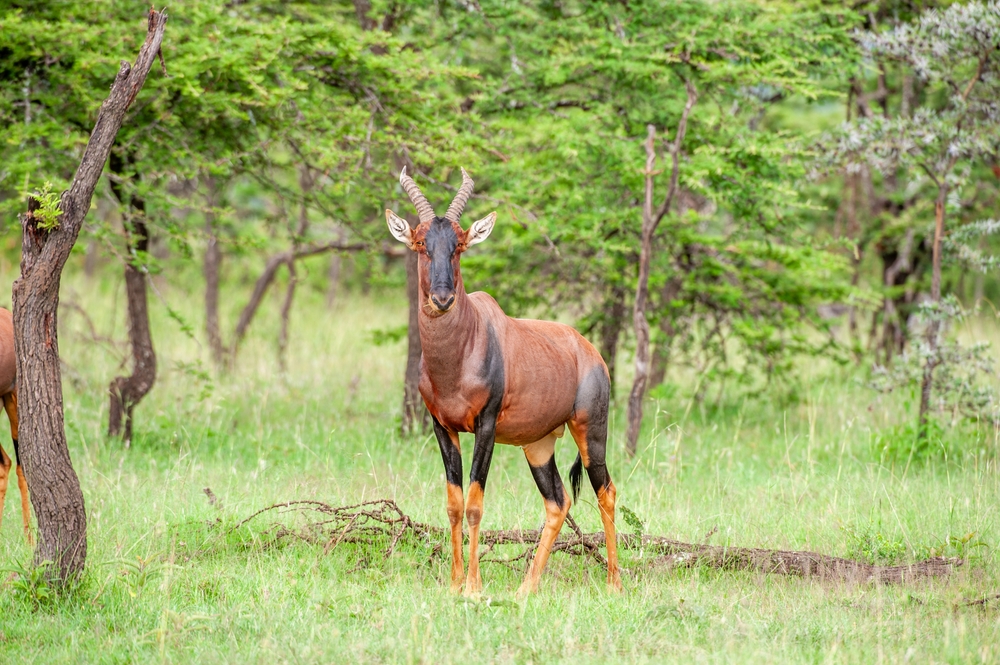
The tsessebe is an antelope known for its unique build, with a stocky body and long, slender legs. They are rare due to their limited distribution, primarily in Southern and Eastern Africa. Tsessebes are known for their impressive speed, often outrunning predators with ease. Despite their resilience, they face threats from habitat destruction and hunting.
These animals are typically found in open woodlands and savannas, where they graze on grasses. Tsessebes are social, usually seen in small herds led by a dominant male. They have distinctive, smooth coats and are often seen near water sources. Their rarity makes them a fascinating sight for safari-goers.
Markhor
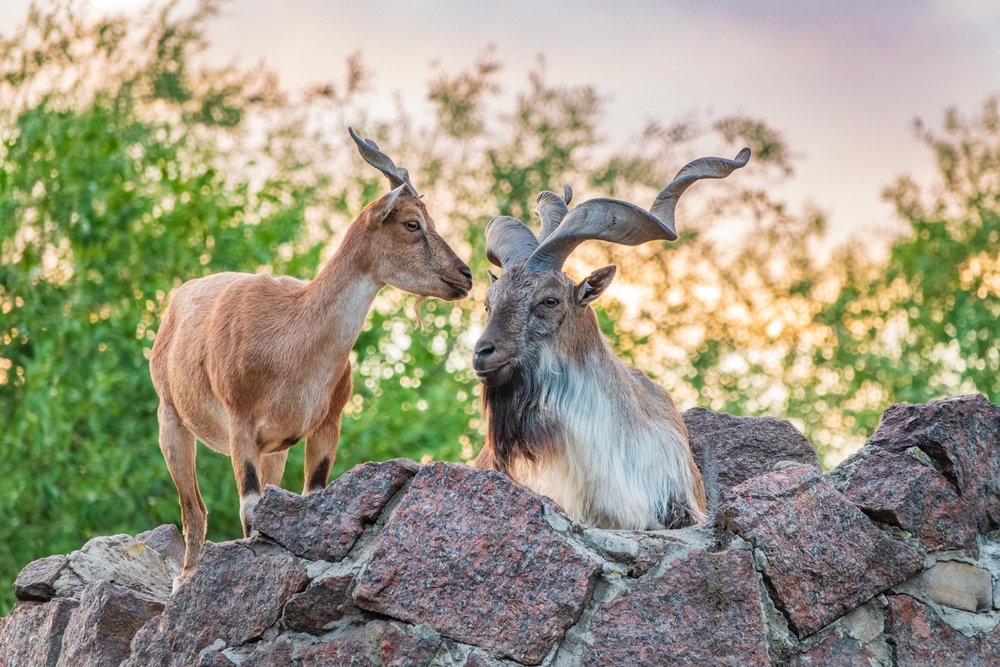
The markhor is a wild goat found in the mountainous regions of Central Asia. They are rare due to their remote habitats in high-altitude areas, making them difficult to access. Known for their impressive, spiraling horns, markhors are perfectly adapted to the rugged terrain in which they live. Their population is small and declining due to poaching and habitat loss.
These goats are highly agile, navigating steep cliffs with ease. Markhors primarily feed on grasses and shrubs, and they are excellent climbers. Despite their endangered status, they are revered for their striking appearance and resilience in harsh environments. Spotting a markhor in the wild is a rare and rewarding experience.
African Golden Wolf
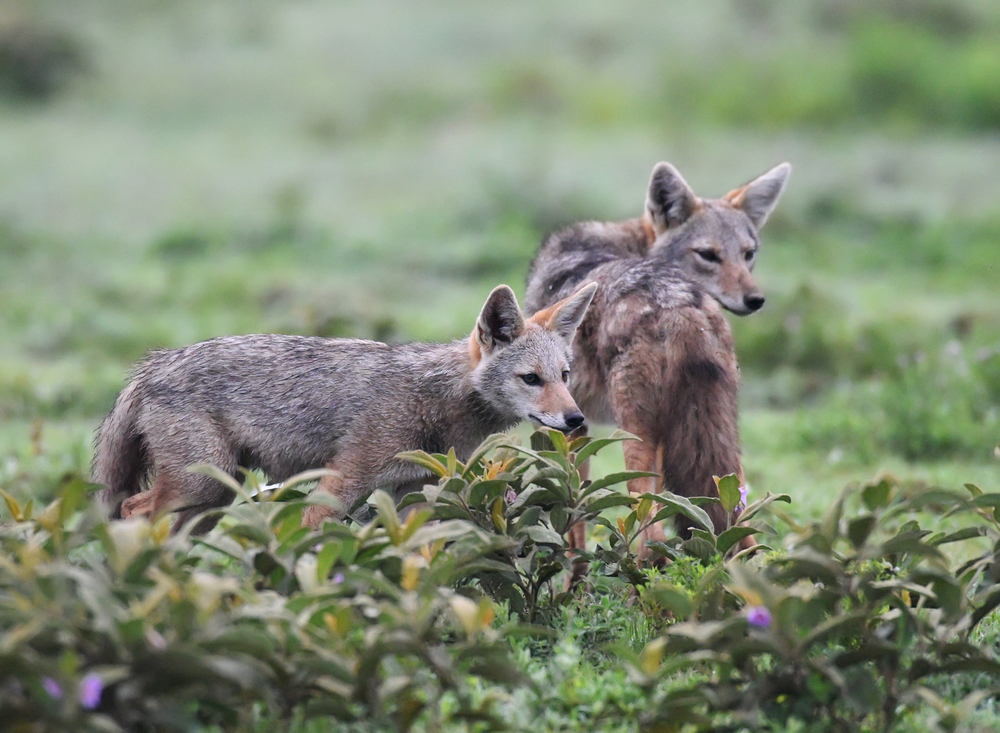
The African golden wolf is a species that was only recently recognized as distinct from the jackal. They are rare due to their scattered population across North and East Africa. These wolves are adaptable, living in a variety of habitats from deserts to savannas. Their small size and secretive nature make them difficult to observe.
African golden wolves are opportunistic feeders, hunting small mammals and scavenging when necessary. They are often seen in pairs or small family groups, and they communicate using a range of vocalizations. While their populations are not as numerous as those of other canids, they are an important part of the ecosystem. Their elusive behavior makes them a rare find on a safari.
Bongo
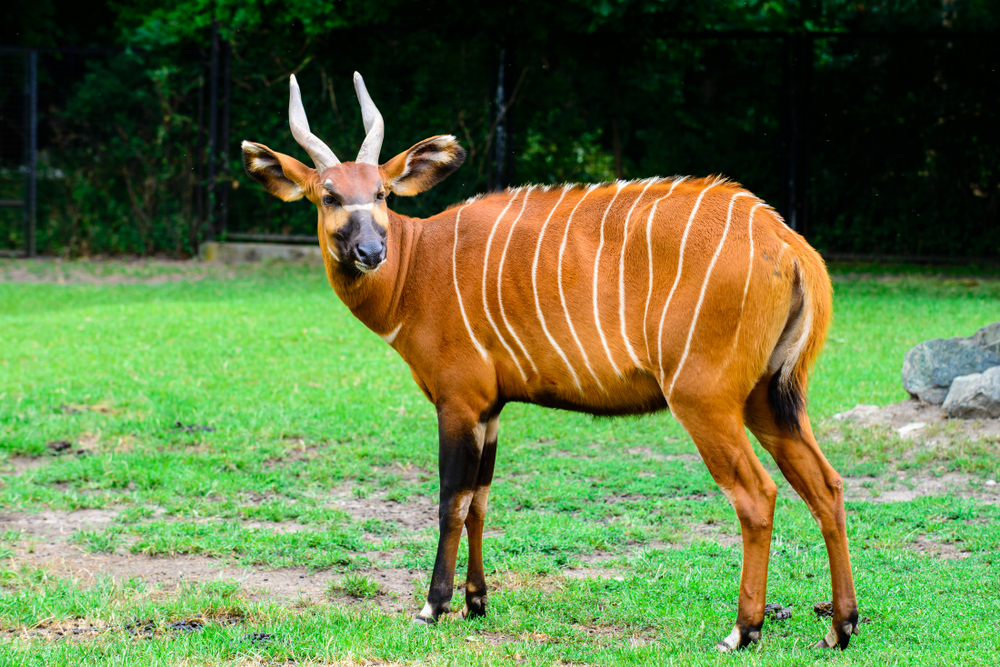
The bongo is a large, forest-dwelling antelope with a striking orange-brown coat and white stripes. They are rare because they prefer dense rainforests, which makes them difficult to spot. Bongos are typically nocturnal, spending much of their time hidden in thick foliage. Their population has dwindled due to hunting and habitat destruction.
Bongos are herbivores, feeding on leaves, fruits, and shrubs found in their forest environment. They are solitary animals, although they sometimes form small herds. The bongo’s unique appearance and elusive nature make it a highly sought-after species for wildlife enthusiasts. Its declining population has made it a focus of conservation efforts.
Zebra Duiker
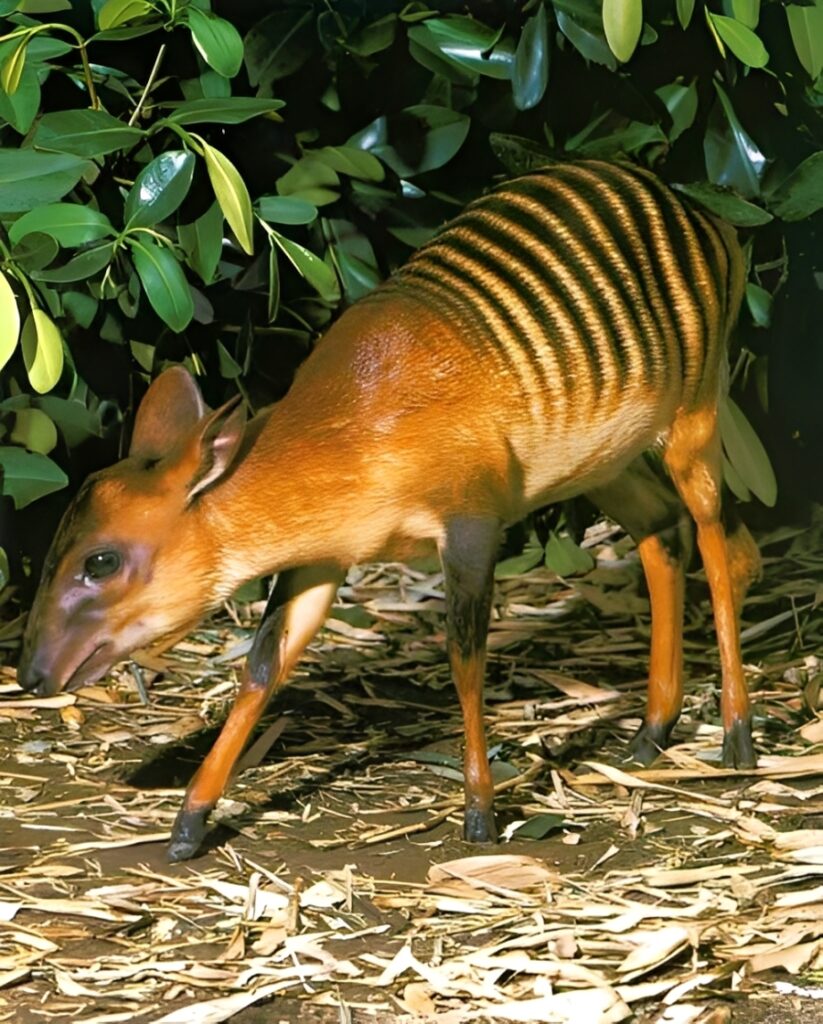
The zebra duiker is a small, forest-dwelling antelope native to West Africa. They are rare due to their shy nature and preference for dense undergrowth, which makes them difficult to track. The zebra duiker’s distinctive stripes, which resemble those of a zebra, help it blend into its environment. These small antelopes are mainly nocturnal, further adding to their rarity.
Zebra duikers feed primarily on fruits, seeds, and leaves, and they play an important role in the ecosystem by helping to disperse seeds. Their populations have been affected by deforestation and hunting. Due to their elusive habits, seeing a zebra duiker in the wild is a rare and exciting opportunity for wildlife watchers. Their striking appearance makes them a memorable find.
White-tailed Mongoose
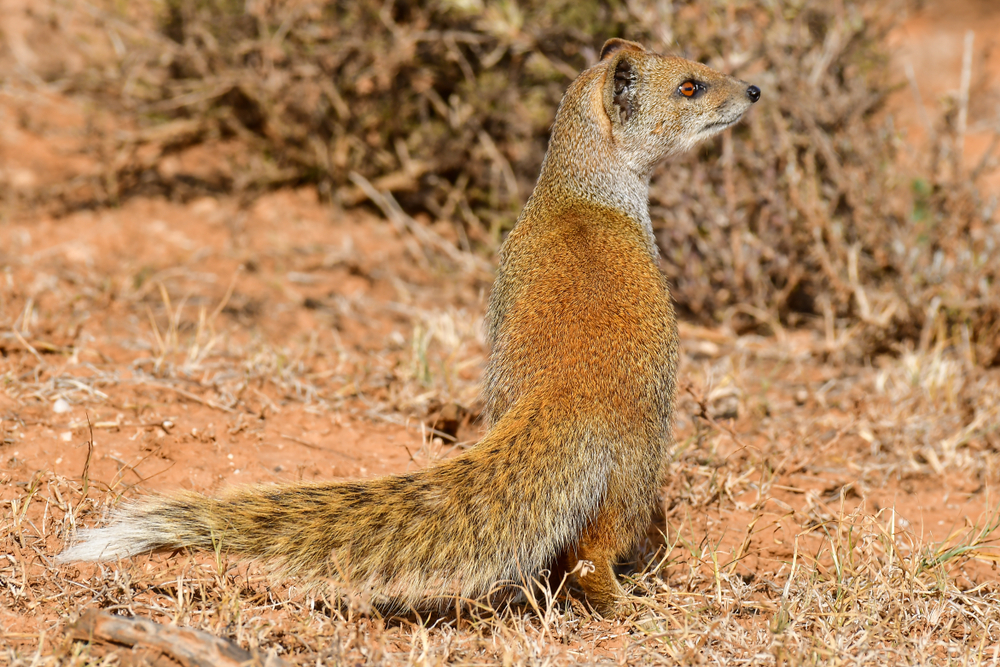
The white-tailed mongoose is a nocturnal predator found in parts of Eastern and Southern Africa. It is rare due to its secretive lifestyle and preference for dense brush and savanna. These mongooses are recognizable by their long, fluffy tails that are white-tipped. They hunt small mammals, birds, and insects, playing a key role in controlling these populations.
White-tailed mongooses are solitary and territorial, often seen foraging alone at night. They are skilled hunters, using their keen sense of smell to locate prey. Their nocturnal behavior and elusive nature make them a challenge to spot during a safari. Despite their rarity, they are an important part of the ecosystem, helping to maintain balance in their environment.
Lesser Kudu
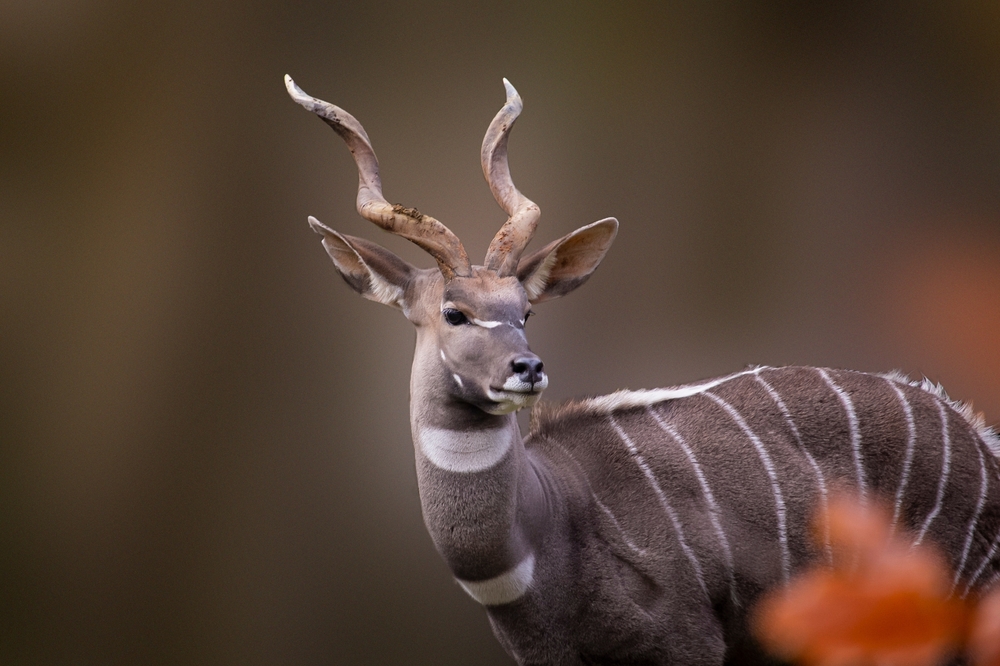
The lesser kudu is a medium-sized antelope known for its elegant build and large, spiraling horns. They are rare due to their preference for dense woodlands, where they are often hidden from view. Lesser kudus have a distinctive blue-grey coat with white stripes running down their bodies, which helps them blend into the underbrush. Their populations are vulnerable to habitat loss and poaching.
These antelopes are shy and elusive, often seen in small groups or alone. They feed on shrubs, fruits, and leaves, using their agility to navigate through dense forests. Lesser kudus are known for their beauty and grace, making them a rare and treasured sight for wildlife enthusiasts. They are typically found in parts of East Africa, where conservation efforts are focused on protecting them.
Somali Wild Ass
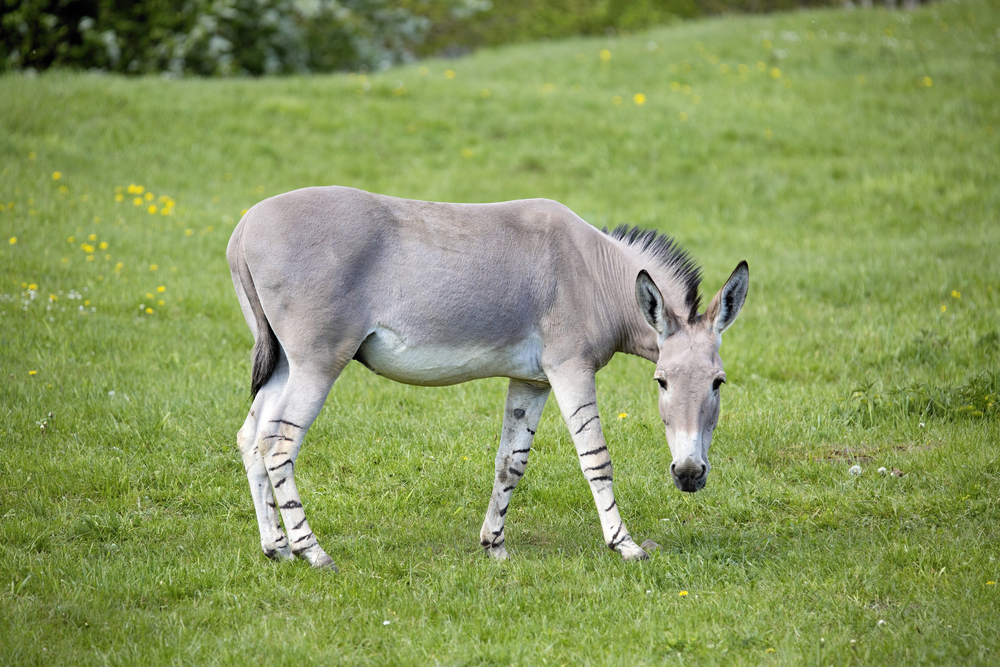
The Somali wild ass is a species of wild donkey native to the Horn of Africa. They are rare due to their limited range and low population numbers. Somali wild asses have a light grey coat with dark stripes on their legs, which distinguishes them from other donkeys. They live in dry, arid regions and are adapted to survive in harsh conditions.
These wild asses are herbivores, feeding on grasses and shrubs found in their desert environment. Their numbers have been declining due to hunting and competition with domesticated animals. The Somali wild ass is listed as endangered, and conservation efforts are underway to protect this rare species. Spotting them in the wild is a rare and special event.
Wild Guinea Pig
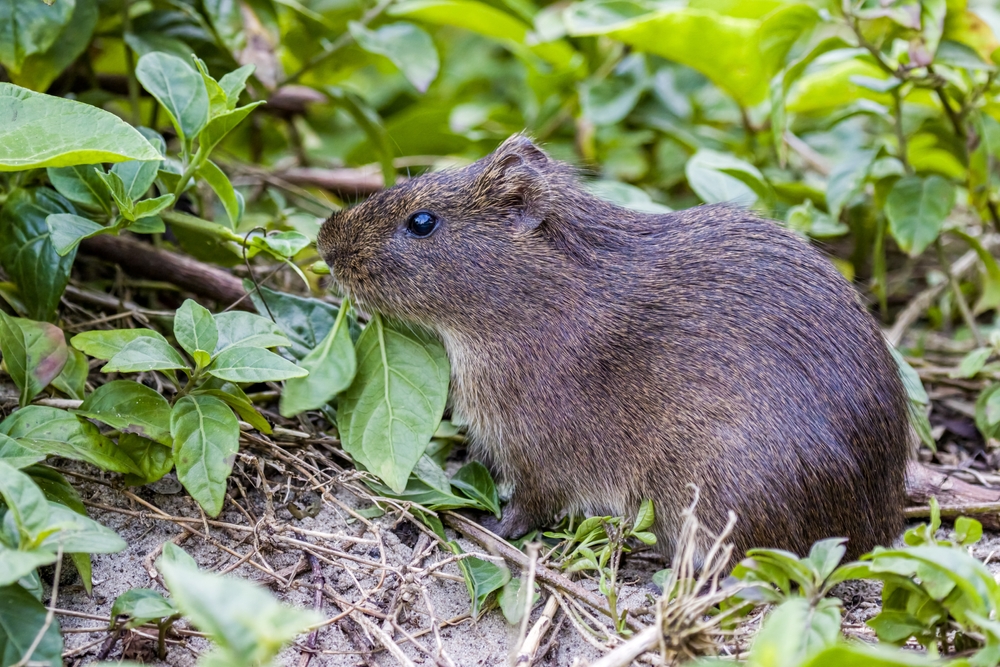
The wild guinea pig is the wild ancestor of the domesticated guinea pig, living in the highlands of South America. They are rare because they are found only in specific regions of the Andes, making them difficult to spot. Unlike their domesticated counterparts, wild guinea pigs live in large colonies and are herbivores, feeding on grasses and plants. They are a crucial part of the ecosystem, helping to maintain grasslands by grazing.
Wild guinea pigs are shy and tend to hide in dense vegetation to avoid predators. Their populations are limited to certain high-altitude areas, and they face threats from habitat loss. Despite their rarity, they are fascinating creatures that contribute to the biodiversity of the Andes. Their ability to survive in harsh conditions makes them a symbol of resilience.
Kori Bustard

The kori bustard is one of the heaviest flying birds, native to the savannas of sub-Saharan Africa. They are rare due to their preference for open, dry habitats, which are being increasingly threatened by agricultural expansion. Kori bustards are known for their impressive courtship displays, where males puff up their chests and perform a dance to attract females. Despite being large and heavy, these birds are capable of flight.
These birds are omnivores, feeding on a variety of plants, insects, and small animals. Kori bustards are solitary and can be hard to spot, as they tend to blend into the tall grasses. Their populations are slowly declining due to habitat destruction and hunting. Seeing a kori bustard in the wild is a rare and rewarding experience for birdwatchers.
When planning your next safari, do not forget that beyond the Big Five, there is a world of rare and fascinating animals to encounter. Each of these creatures plays a vital role in maintaining the health of their ecosystems. A safari that focuses on both iconic and rare species will create unforgettable memories.
This article originally appeared on Avocadu.
